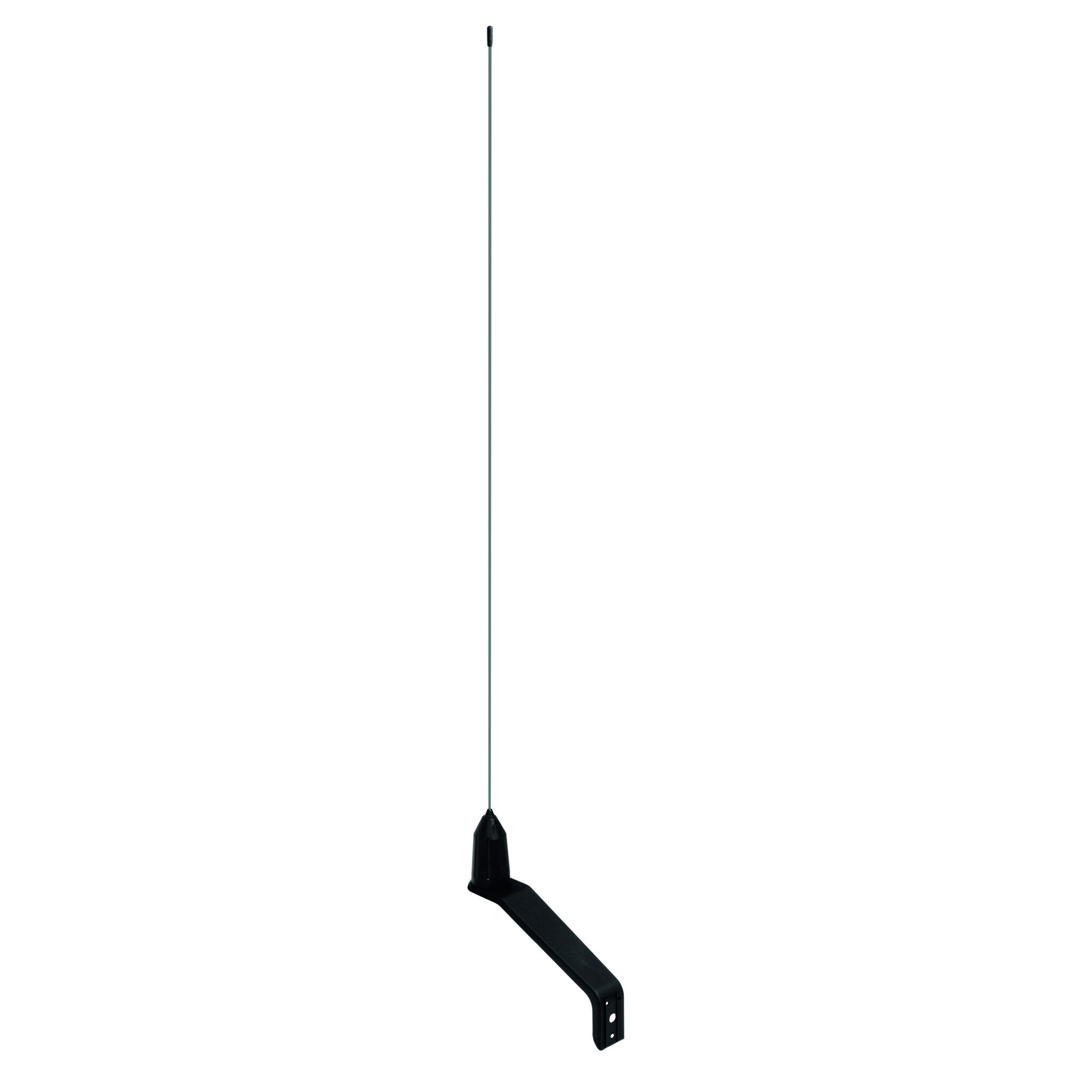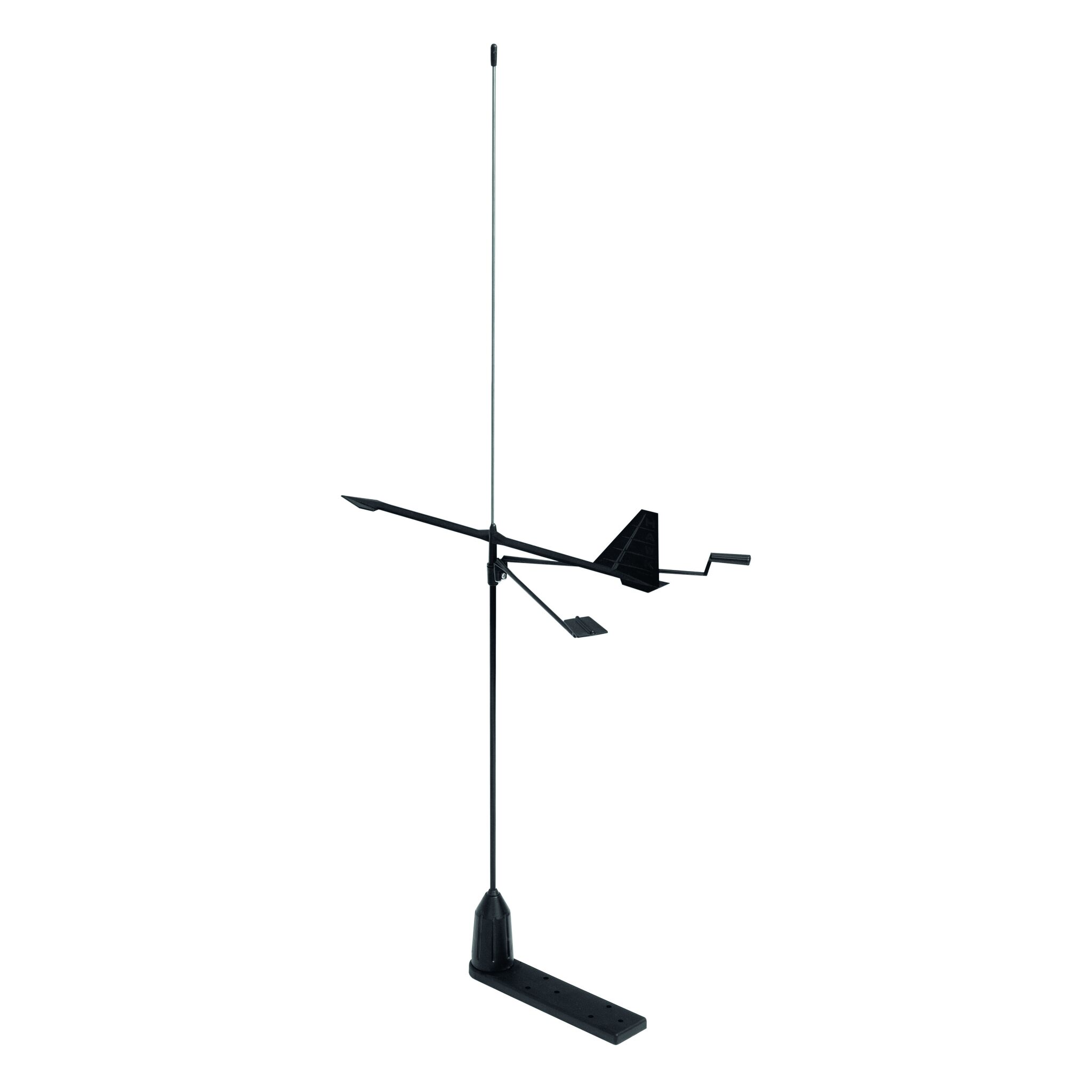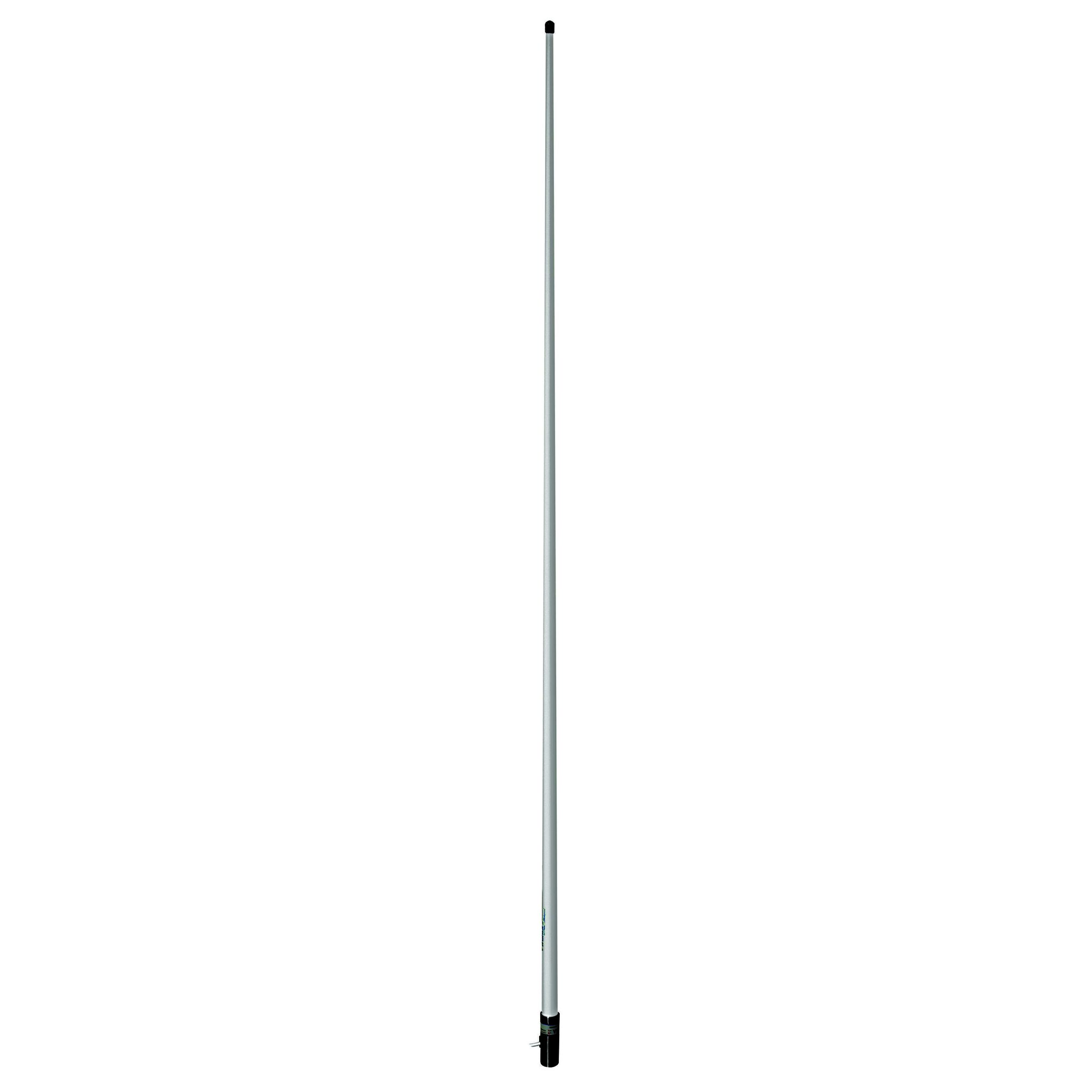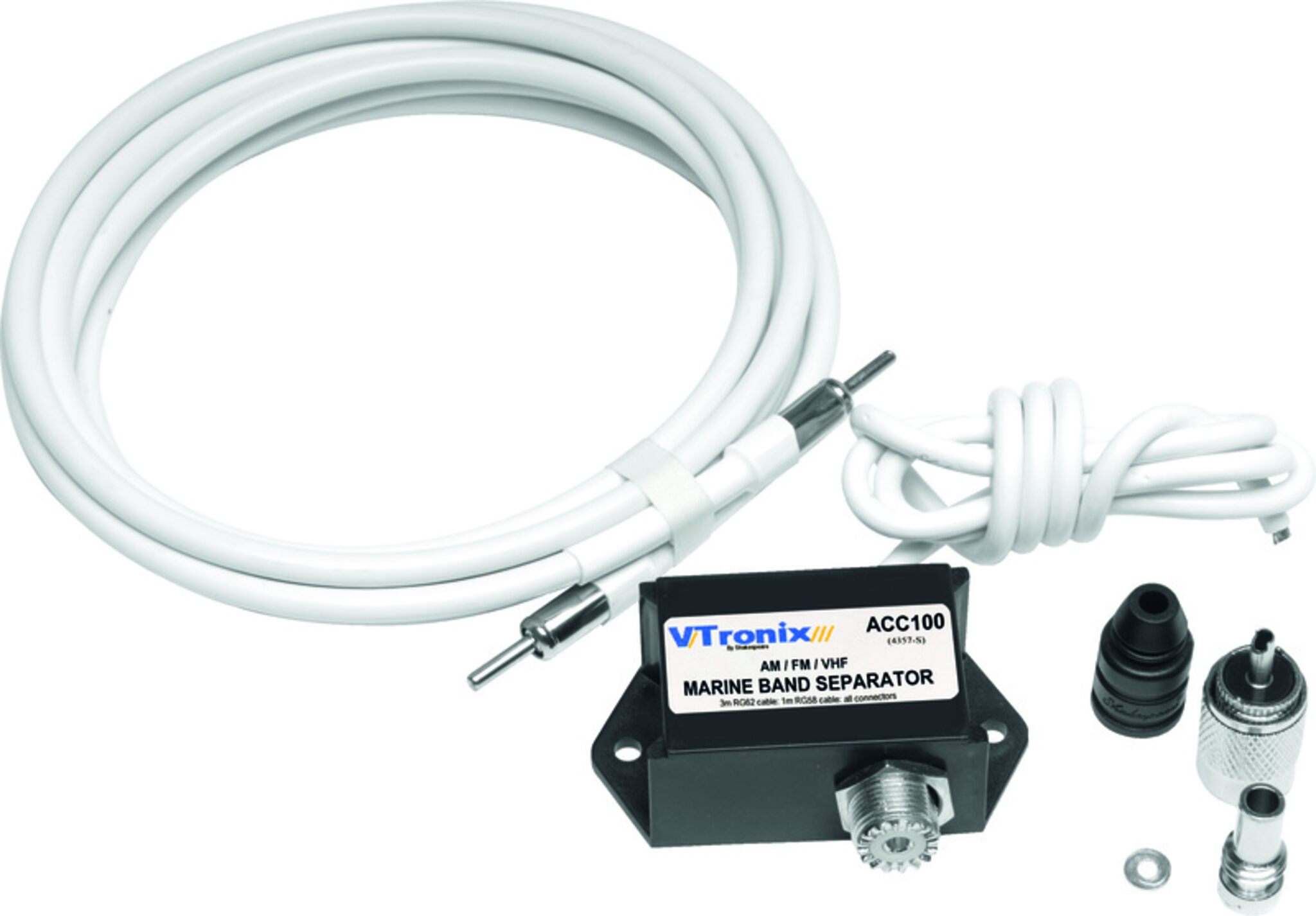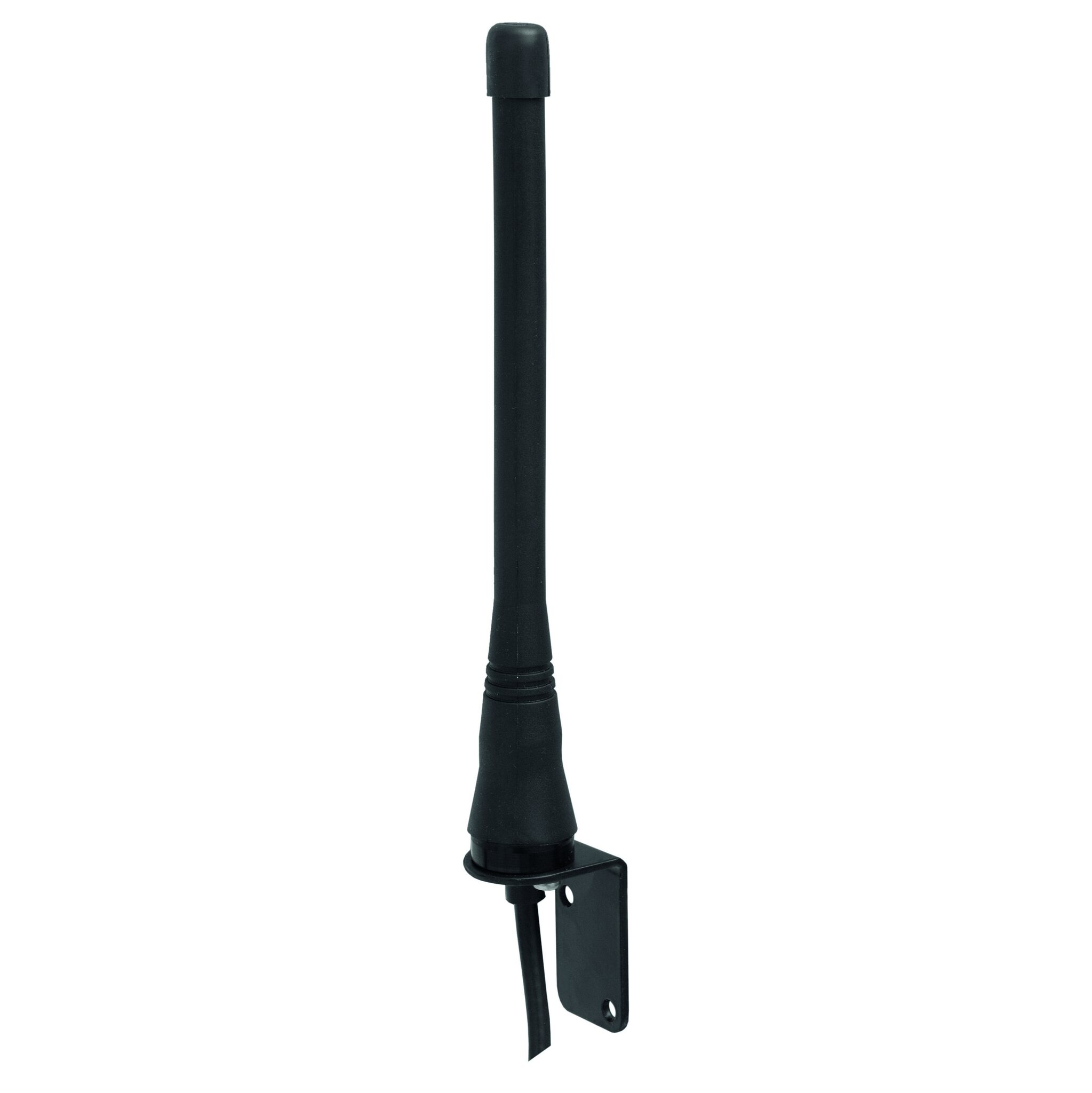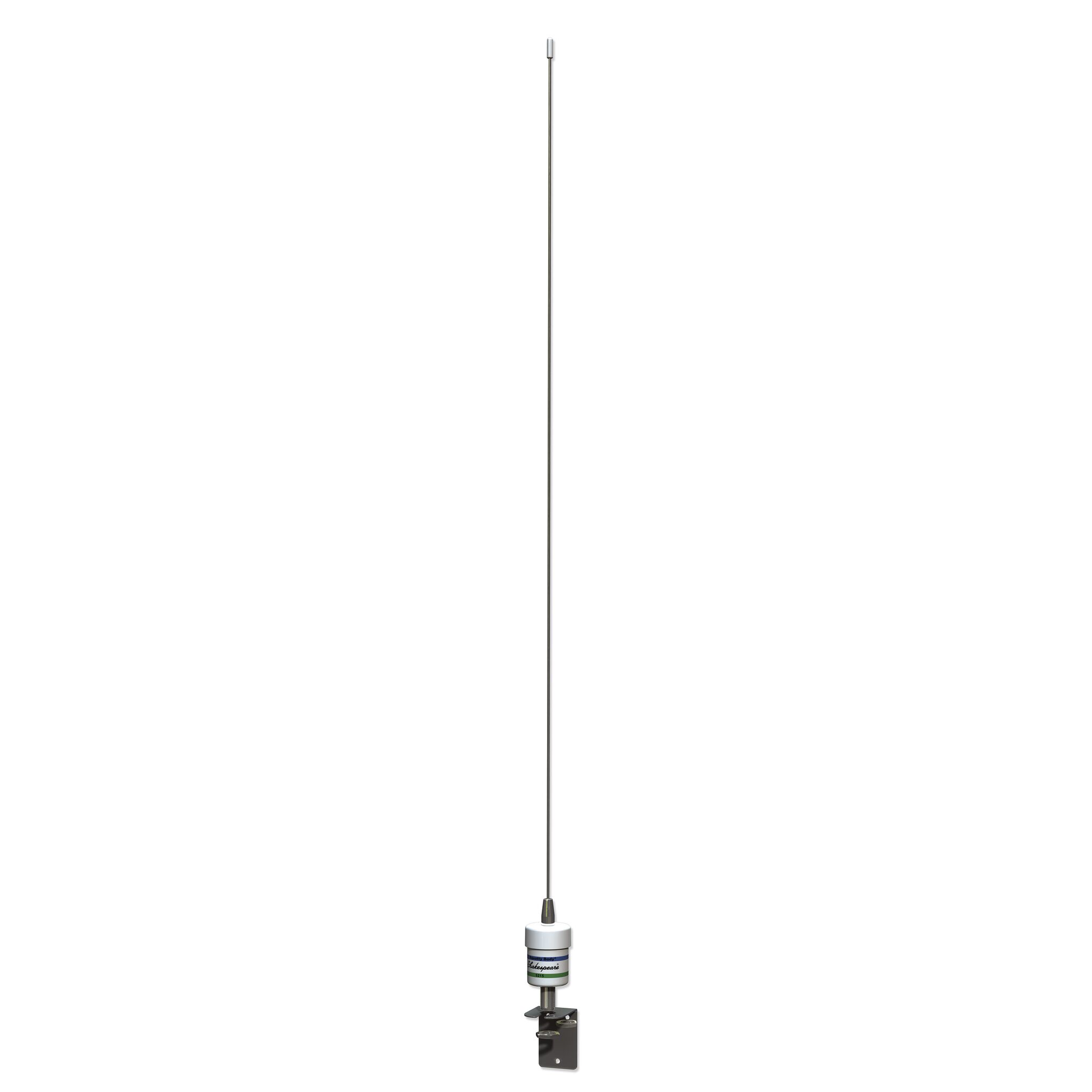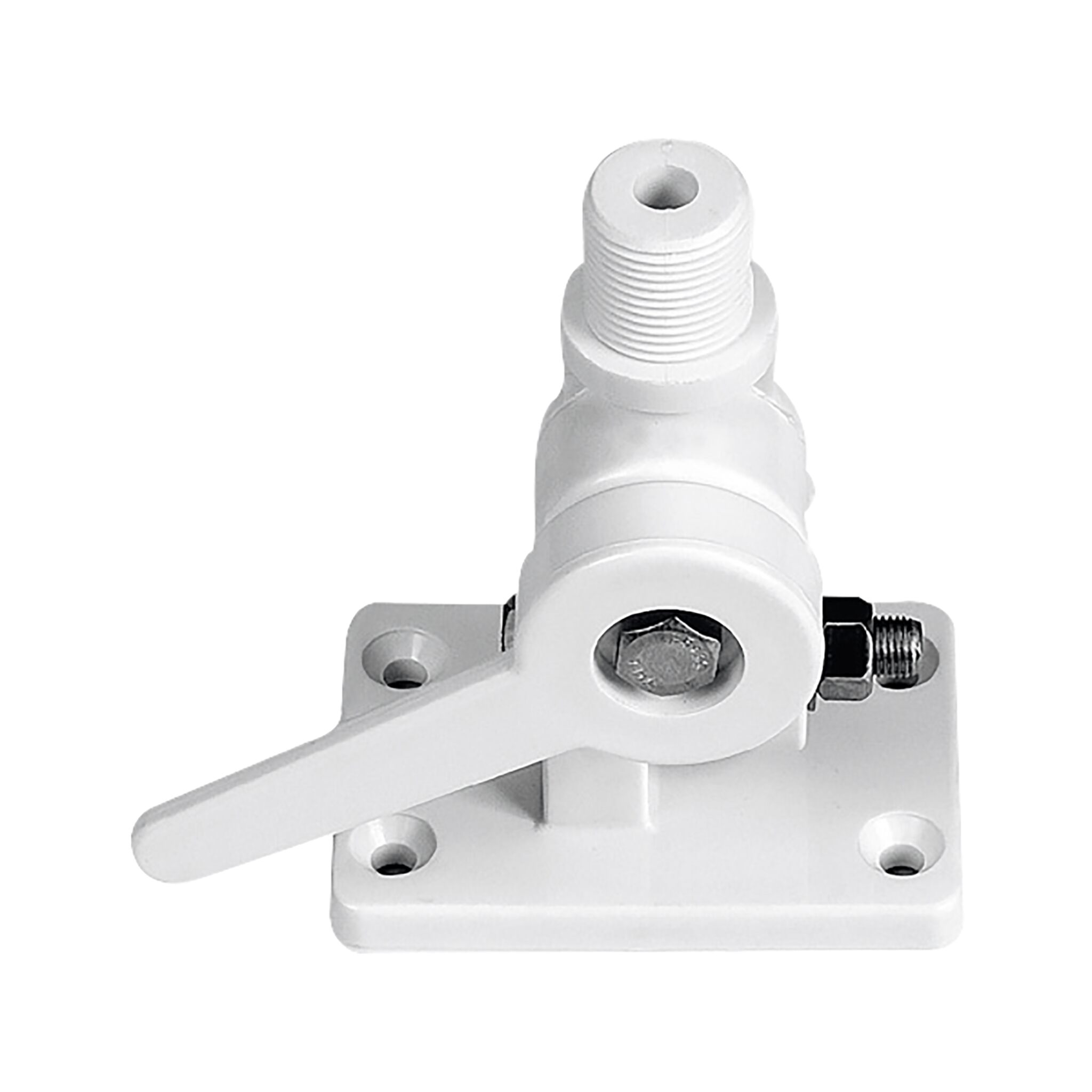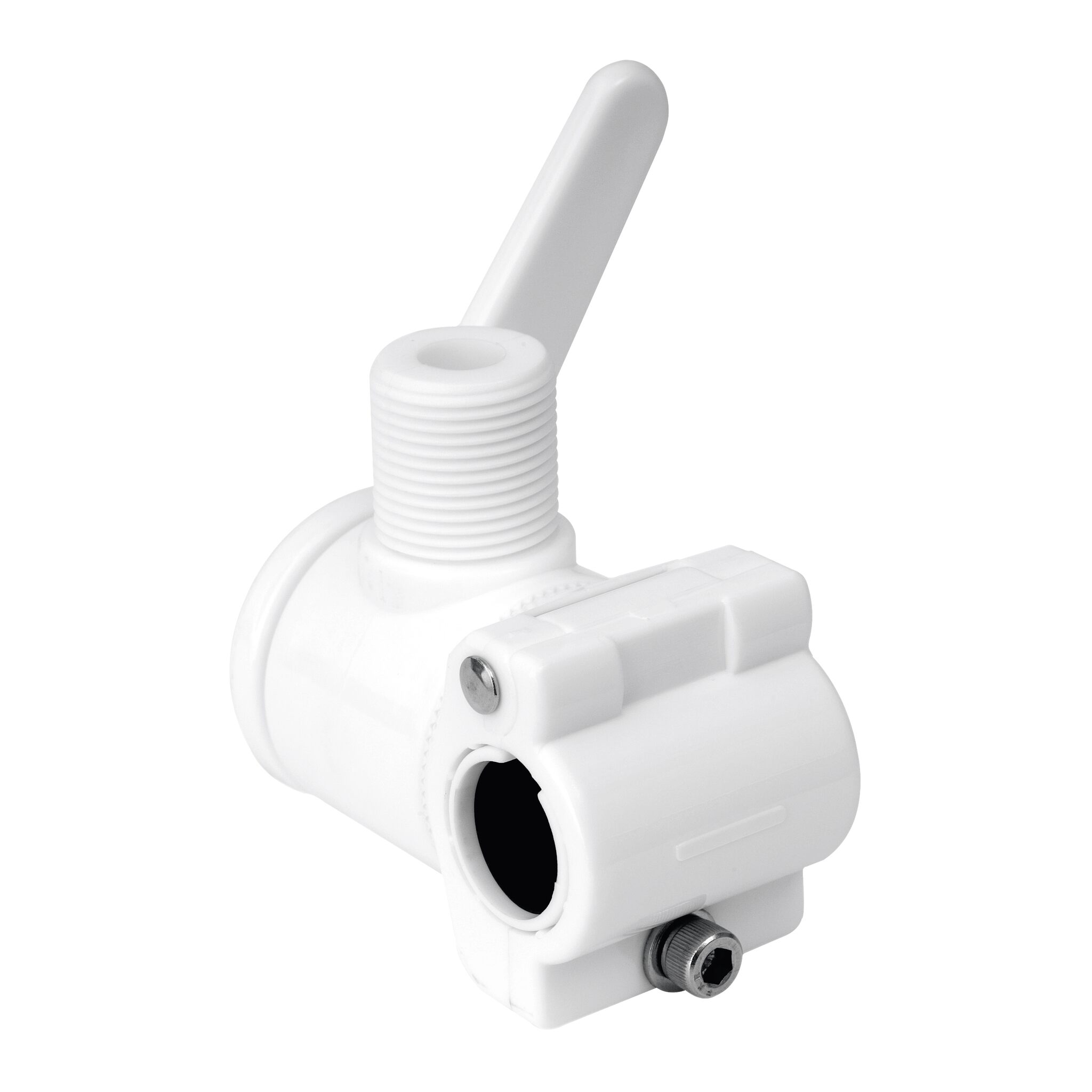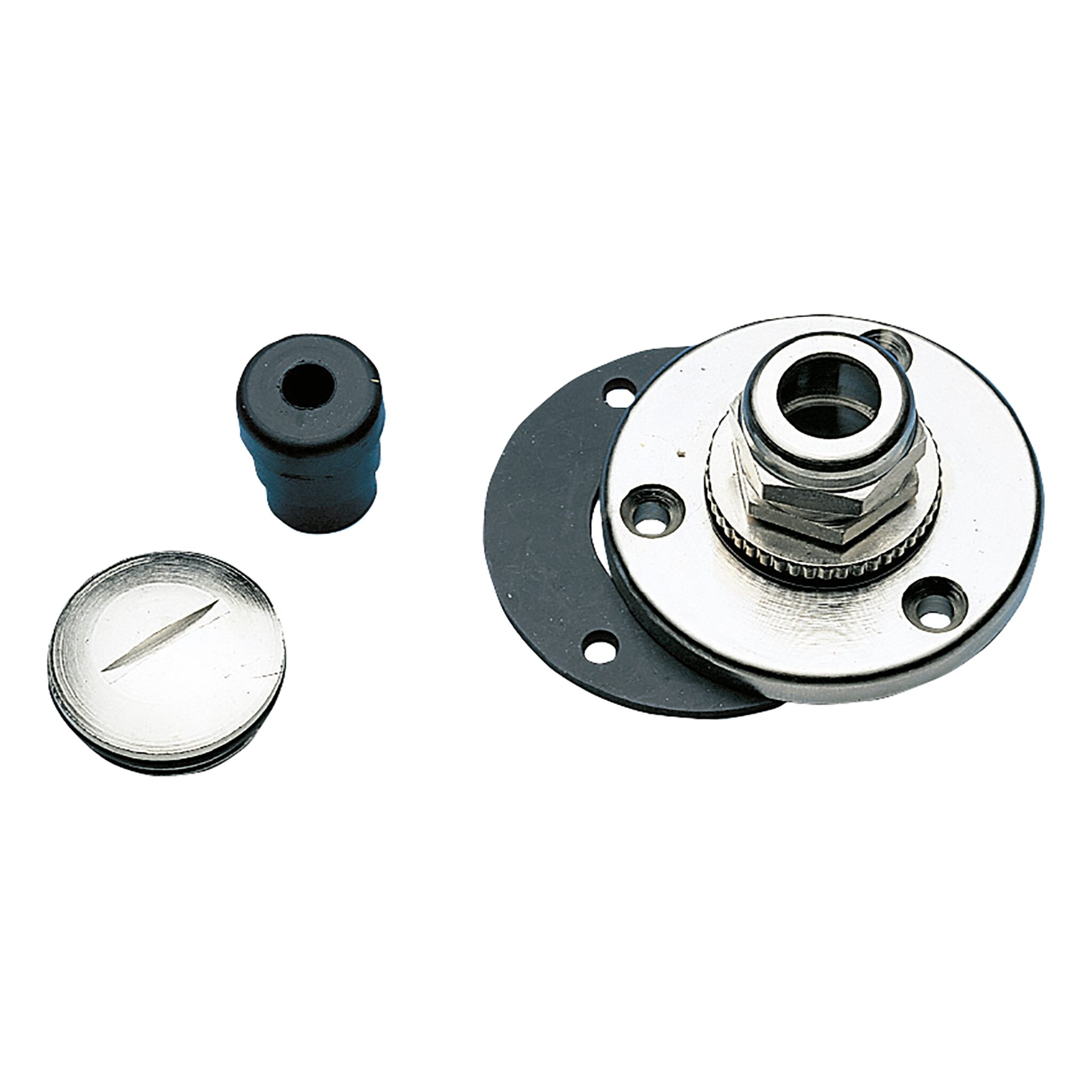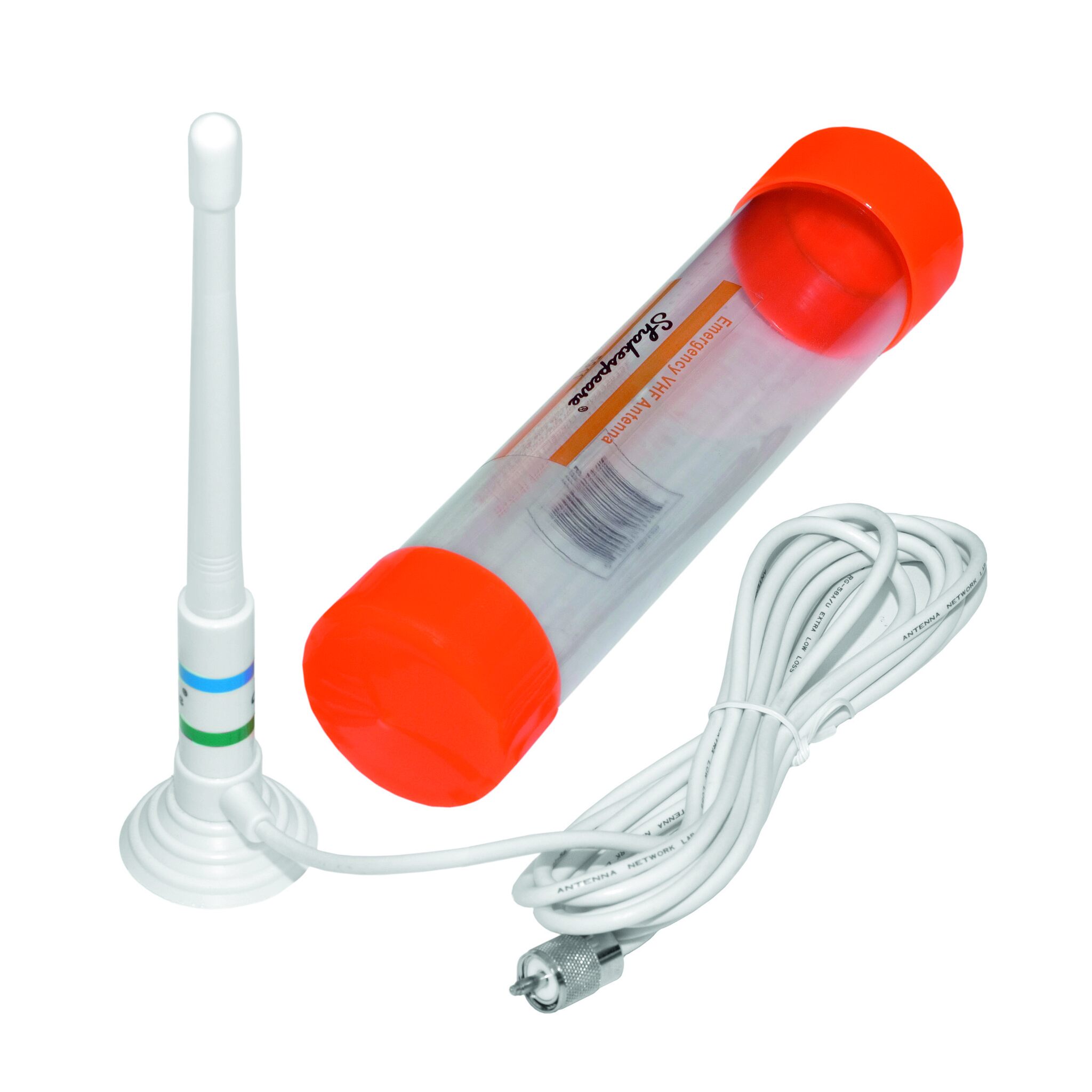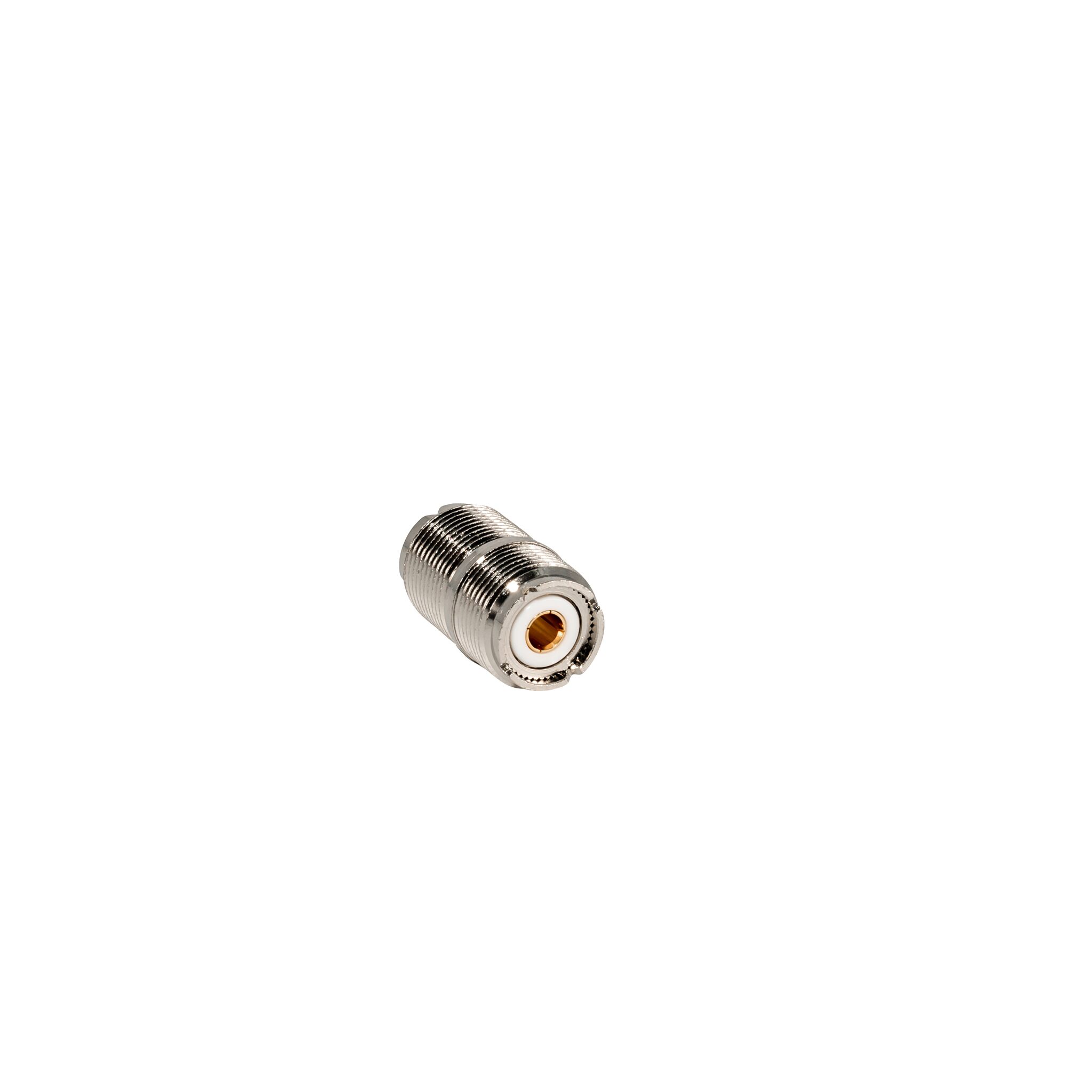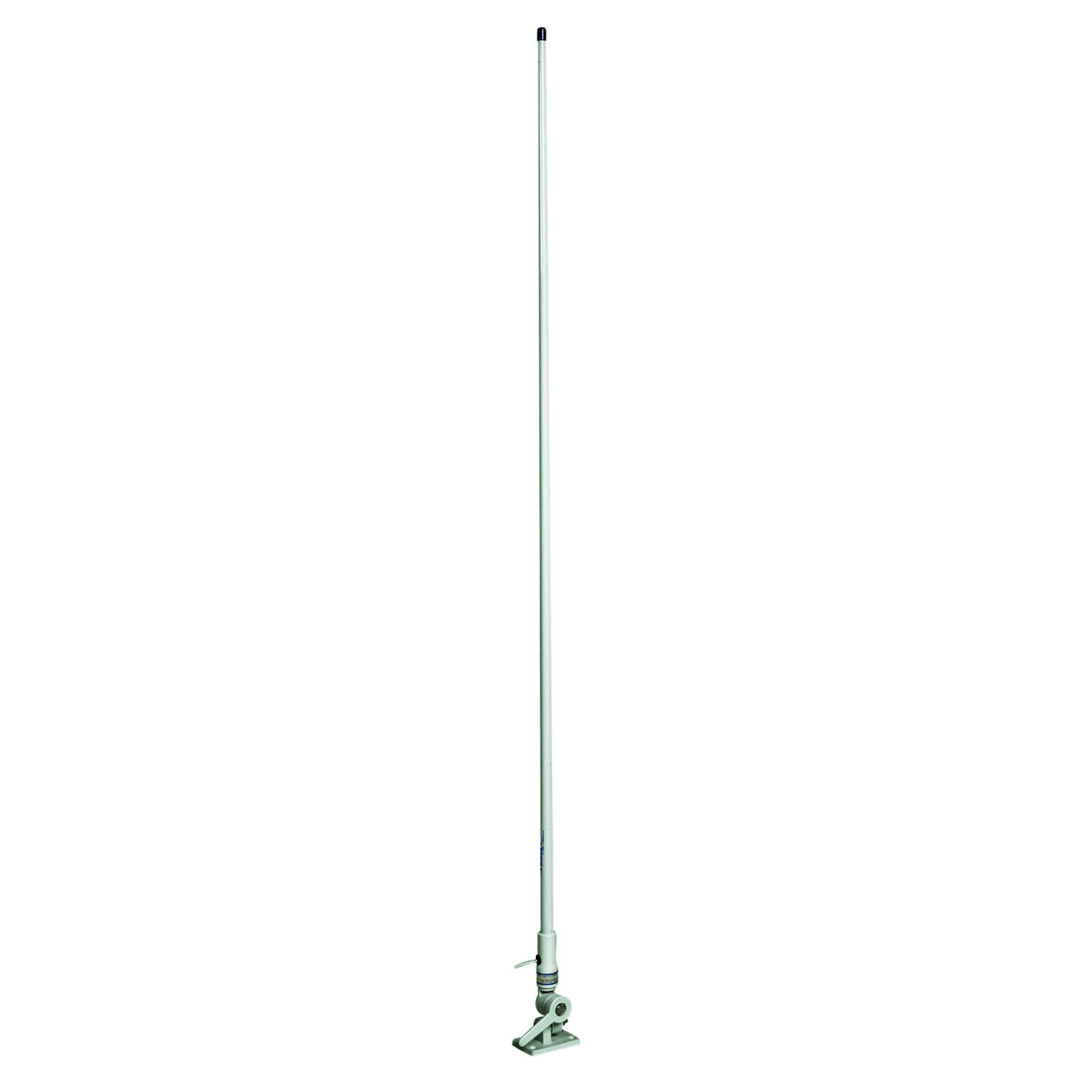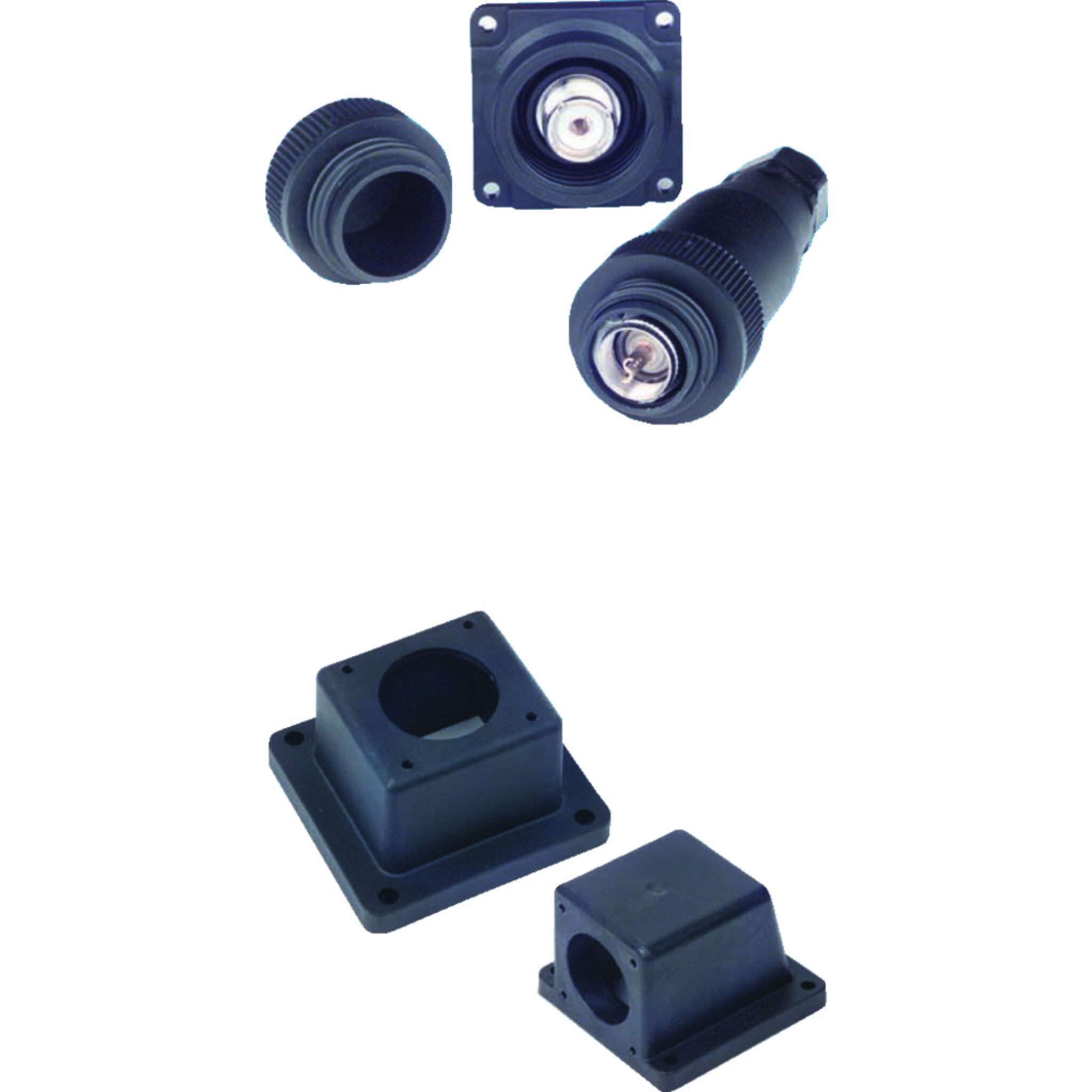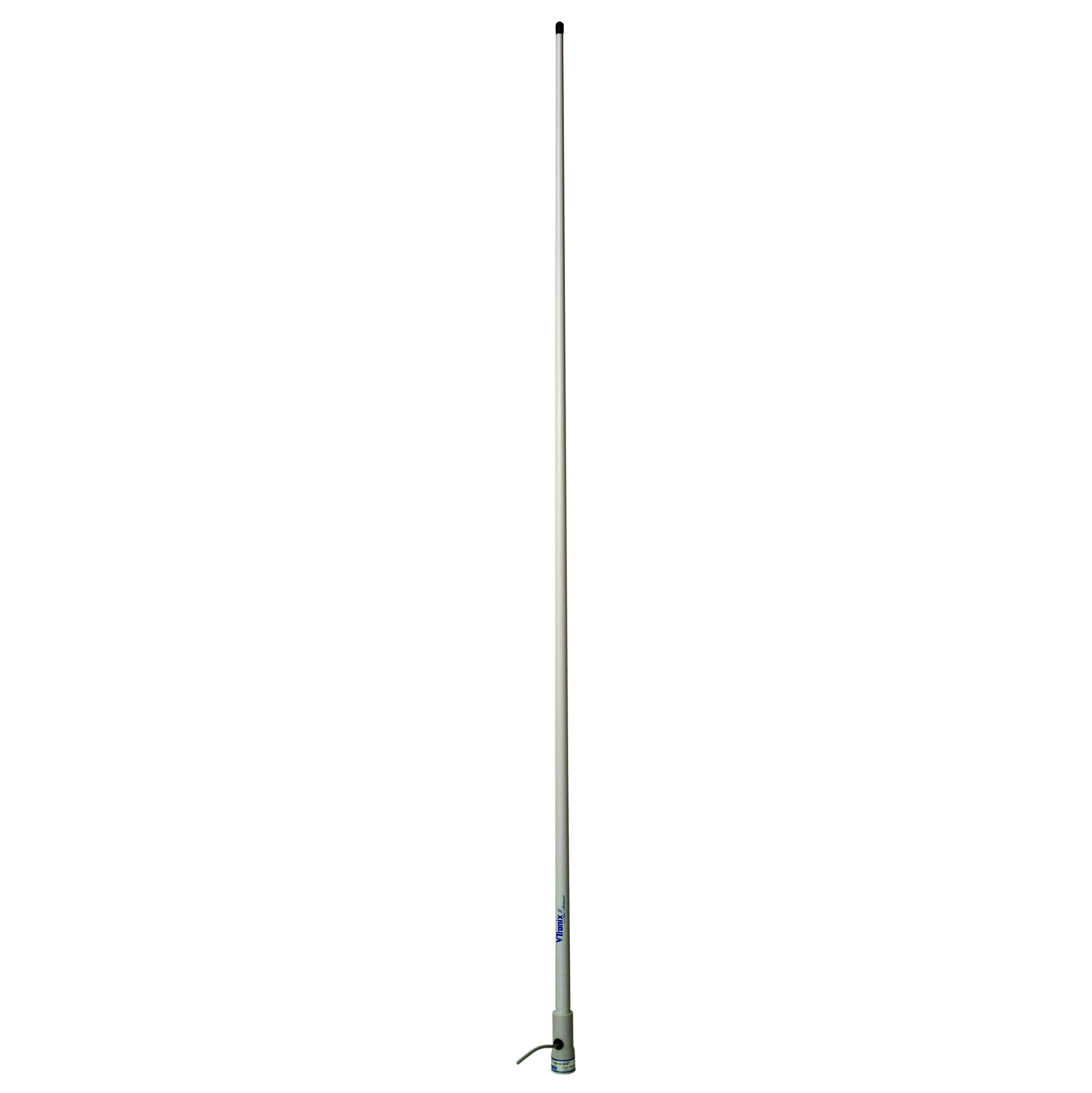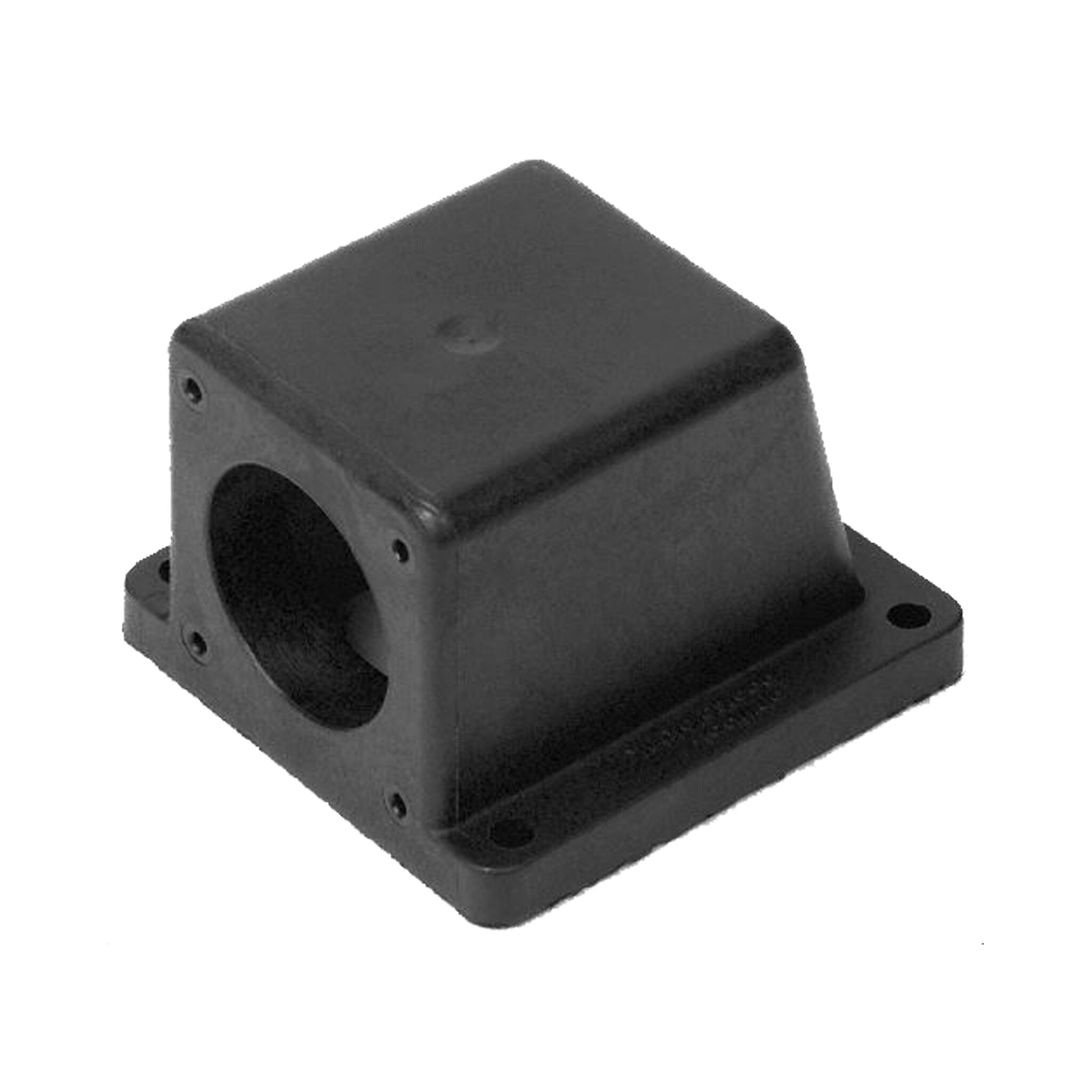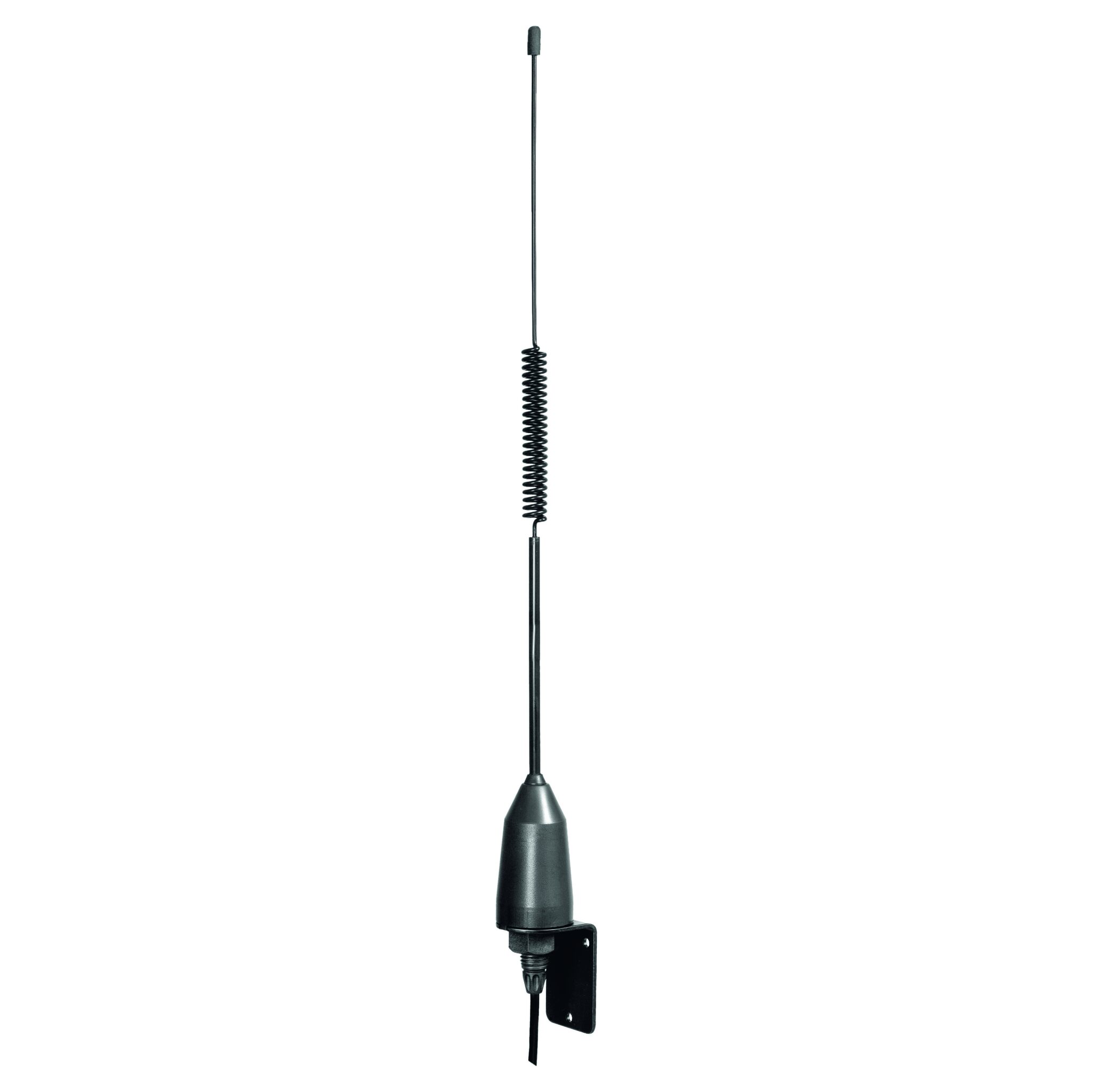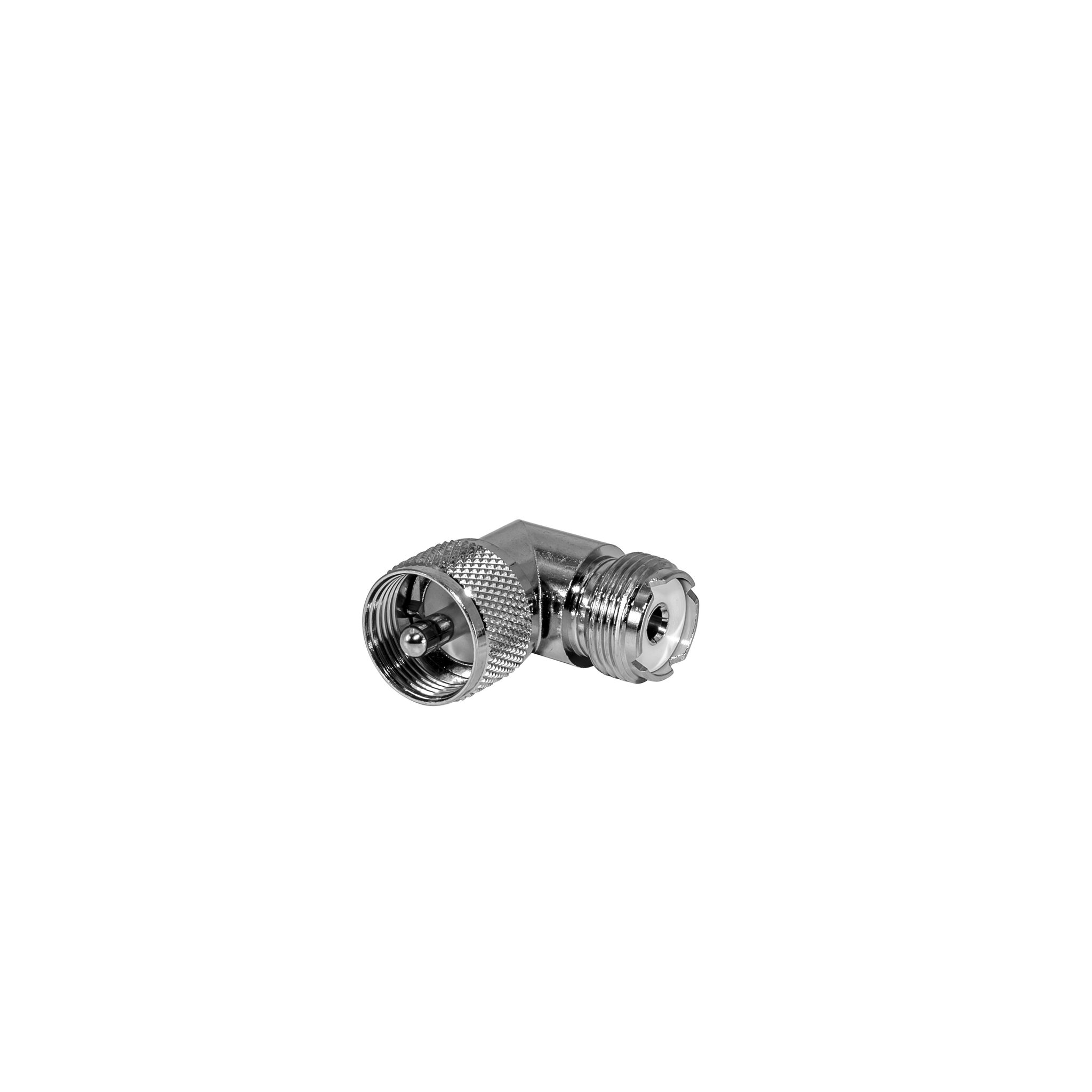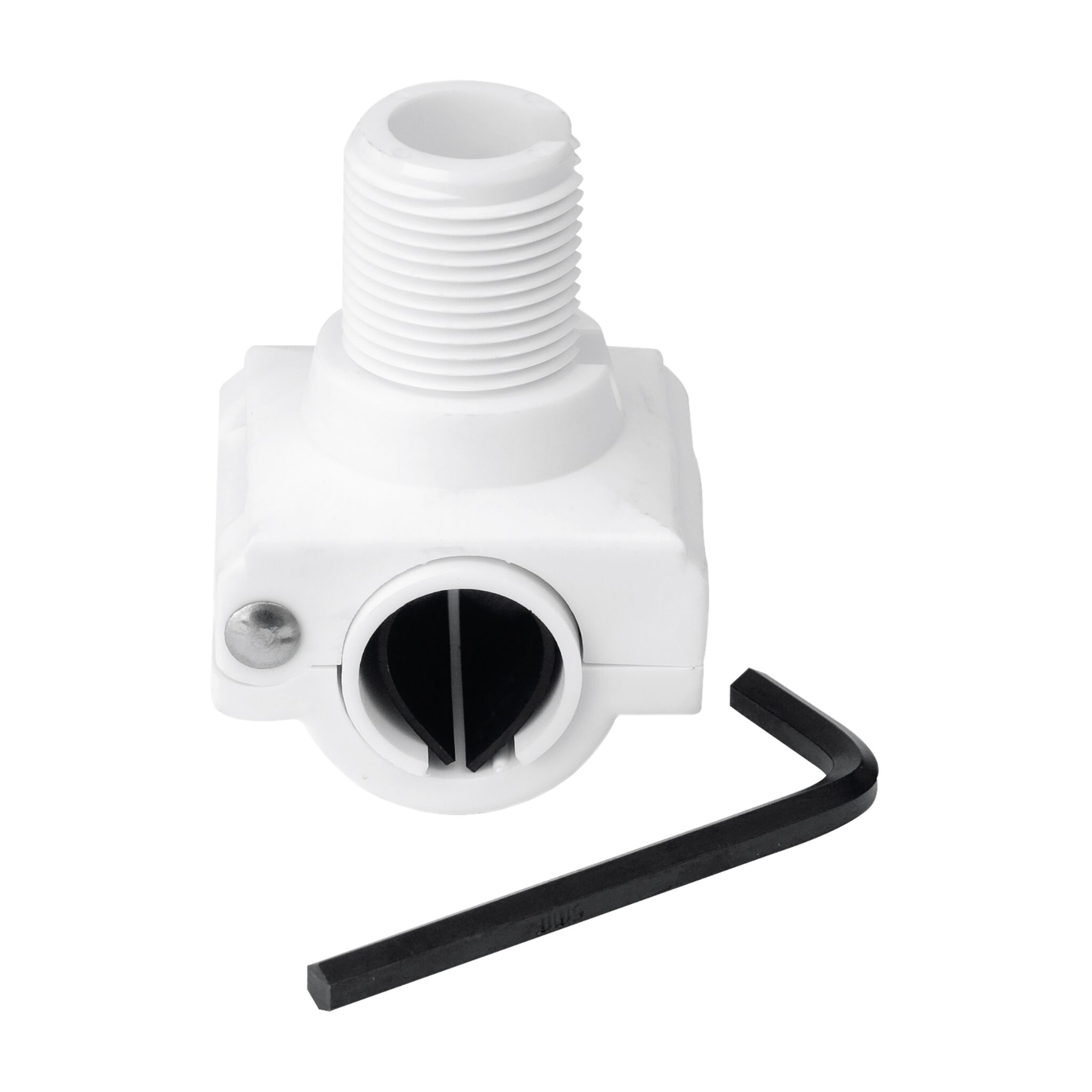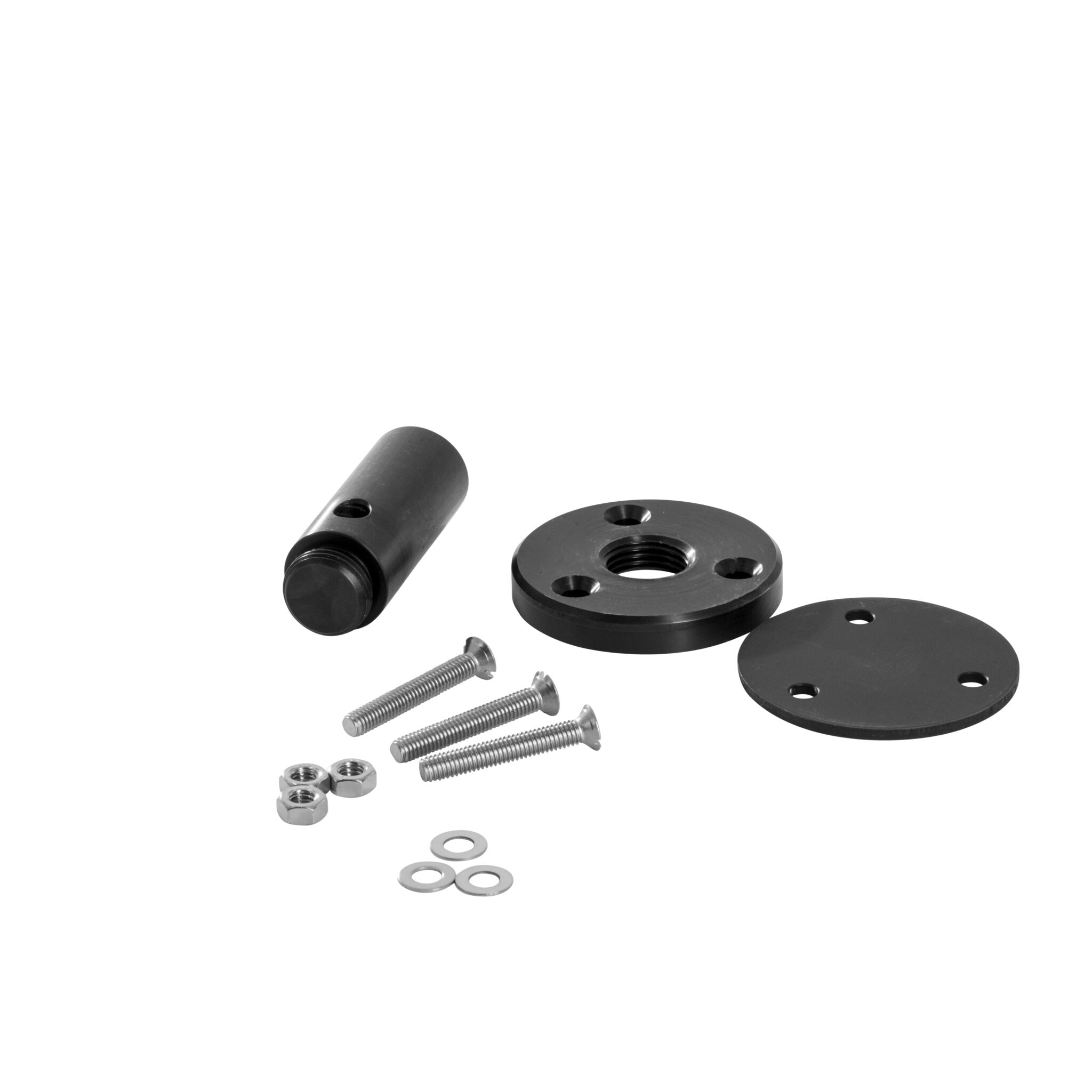Sea radios
For larger boats or transnational or coastal voyages, it makes sense to have both a fixed marine radio and a secondary system for handheld use. While marine radios are only mandatory on board commercial vessels over 12 meters, they are also the best way to make a distress call on all other boats
Using marine radios
With a marine radio it is possible to communicate with coastal radio stations or even through ship-to-ship channels. This allows not only distress calls to be made, but also other important information such as the weather situation or or possible moorings can be obtained. For this purpose, marine radio is divided into four classes: distress, urgency, safety and routine. There are also a total of three radio licenses, the UBI for inland waterway radio, the SRC for coastal shipping and the LRC for satellite-based marine radios, which have an almost unlimited range. Without a valid radio certificate it is not permitted to allowed to participate in radio communication, as otherwise communication could be disturbed. An exception exists only in an emergency.
Digital Selective Calling on marine radio
If the marine radio has DSC (Digital Selective Calling), this can be used as an alternative to voice calling as a connection to all reachable radios or just one specific radio station. A narrowband telex transmission is transmitted, from which important information such as the GPS position (if GPS is integrated), MMSI and the time can be taken, even in the event of poor reception. can be taken. During a voice call, on the other hand, errors can occur when taking notes, especially with poor reception or due to the difficult location. With DSC-capable VHF marine radio systems, VHF channel VHF channel 70 is automatically switched on, so that distress calls can always be received and transmitted together with position information. Vessels that are required to be equipped are required to monitor the DSC channel continuously.

